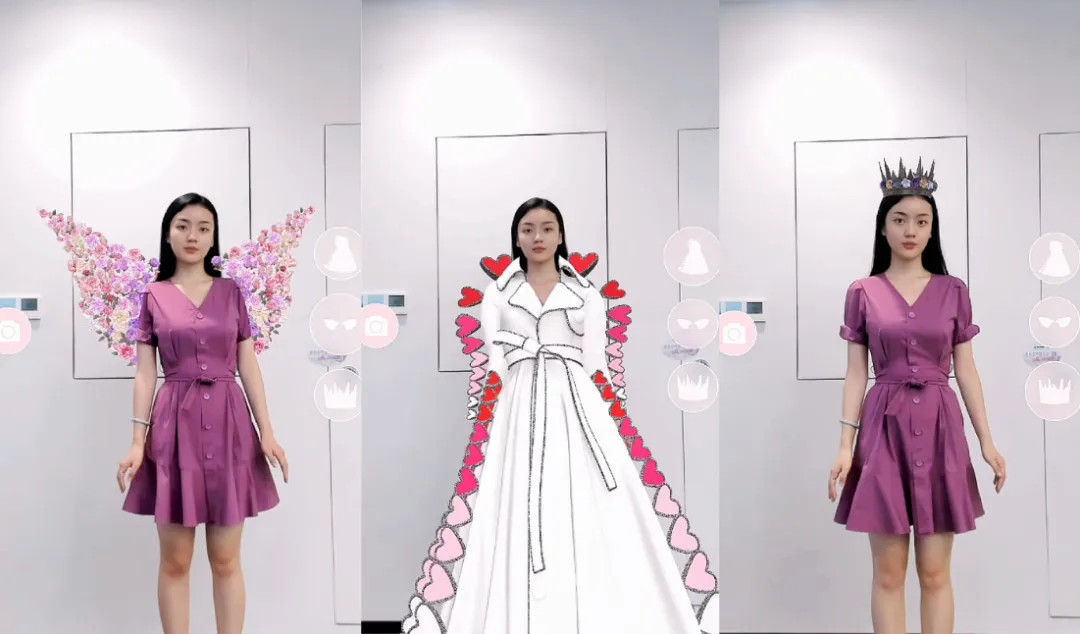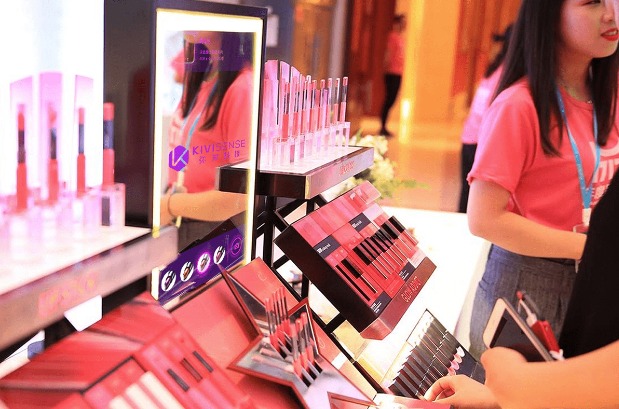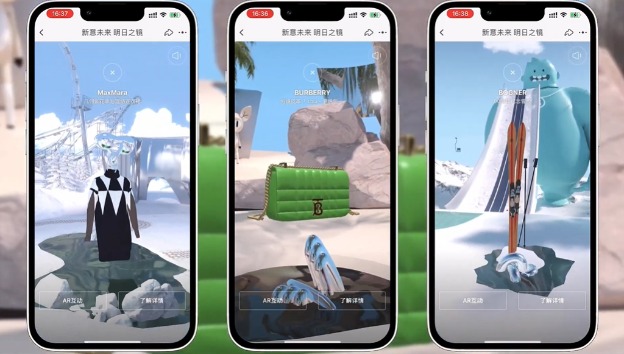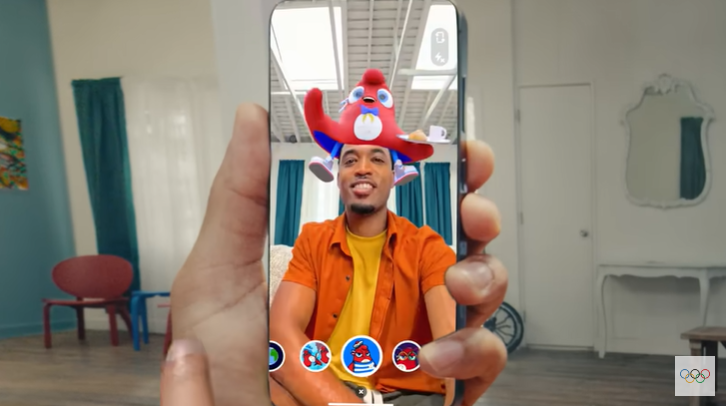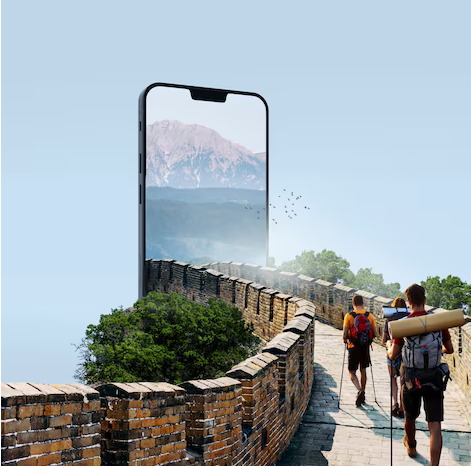How Augmented Reality Is Changing Fashion Retail
AR is not just some fancy gizmo that would fascinate any geek. It is going to revolutionize the way fashion retail works. It incorporates digital features such as pictures or audio into our actual environment, and it is engaging and practical. In the case of fashion retailers, AR presents an entirely different paradigm for engaging with customers, taking shopping to a new level of entertaining experience.
Benefits of Using AR for Fashion
What makes AR so great for fashion? Let’s examine some of its perks.
Immersive Shopping Experience: It makes shopping come alive by letting customers try on virtual outfits of clothes, shoes, and accessories without necessarily going to a store. No more frustratingly crowded fitting rooms, but just you, your phone, and a model of your outfit. Furthermore, it makes shopping more fun!
Boosts Revenues: AR amuses shoppers and fuels sales, luring tech-savvy customers, especially youngblood buyers, who translate into more money in-store for the brands.
Enhanced Online Engagement: AR keeps shoppers in their seats with features like virtual try-ons and face filters. The more time they spend on your website or app, the better their chance of making a purchase.
Sustainable Fashion Practices: AR cuts down on waste since samples do not have to be produced. It saves designers from being wasteful since changes can be made in virtual models before going into full production-a very environmentally friendly solution, if you will.
Opportunity to Go Viral: AR filters and features go viral and drive attention to your brand. For instance, an entertaining AR filter showing new accessories goes viral on social media in no time.
Increased Customer Satisfaction and Loyalty: AR creates a personal shopping experience that makes customers happier and more loyal.
Less Return Rates: Virtual try-ons let customers make much better purchase decisions, which means fewer returns. By keeping customers satisfied, retailers save money.
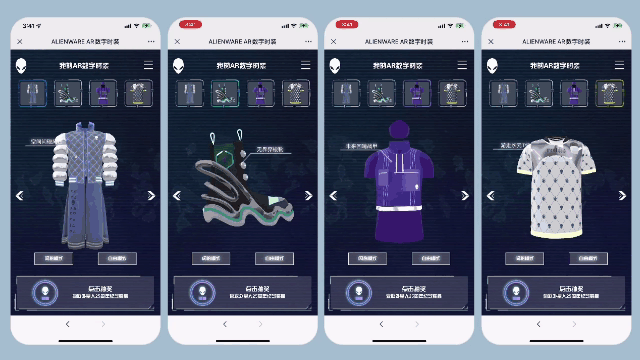
AR Technologies to Transform Fashion Experience
AR is not a single concept; it is a set of technologies that can revolutionize fashion. It is now time to discuss some of the most exciting uses of AR technology and examine what they do differently.
AR Try-On
The most common use of AR for fashion allows customers to virtually try on clothes, shoes, or accessories on a 3D model in a natural environment. In other words, users can see how items look on themselves without necessarily wearing them physically. This would only require pointing the phone camera at a person, and an outfit preview overlays, thus giving quite a realistic view of how it would look. Kivisense simplifies buying by allowing fitting with AR anywhere, reducing returns, and growing customer satisfaction.
AR Magic Mirror
AR magic mirrors help you to make trying on clothes and jewelry easier and a bit more amusing. You can simply pop into a store and see how your outfit will look on you without changing. You can change outfits, colors, or hairstyles with a wave. Some brands, including Hearts on Fire, use these mirrors as a means customers can virtually try on the jewelry. It is like having your personal stylist helping you during shopping.
Virtual Fitting Rooms
Virtual fitting rooms are AR try-ons with more features. You can mix and match clothes, rotate them to see from all sides, and take size advice according to your body. Virtual stylists may give you fashion tips, and you can share your outfit with friends to get their opinions. These fitting rooms make the shopping experience more accessible by helping you try different styles and reducing returns. Moreover, you can use them anywhere in any store to make shopping easier.
AR Filters
Social media tags are a fun way to include virtual clothes, accessories, or makeup in one’s stories. They are also perfect for brands who want to advertise their products in the app because it becomes very convenient for consumers to interact with that particular brand and share the looks created with friends. Here are some examples of brands using AR filters effectively:
- Canada Goose AR Footwear Try-on: Canada Goose launched an AR try-on of its Journey and Snow Mantra boots. Users can digitally try on several styles with three different weather filters, offering an actual view of how the boot would appear in actual conditions.
- AR Rainbow Filters by IPSA: For their popup store in Hainan, IPSA used AR rainbow filters to engage customers with their products. The cool filters attracted huge crowds.
- Dolce & Gabbana AR Filter for Chinese Valentine’s Day: Dolce & Gabbana created strawberry AR filters to engage people with their brand in a fun, creative way on the occasion of Chinese Valentine’s Day.
AR Virtual Showrooms
- AR virtual showrooms allow users to familiarize themselves with the brand’s catalog in three-dimensional space. This enables buyers to touch, feel, and even buy products without leaving the comfort of their homes. This is incredibly cool for luxury brands that want to give their customers the ‘secret’ way of procuring goods. Here are some brands’ examples of using virtual showrooms;
- Vogue and Tmall Luxury Virtual Showroom: VOGUE and Tmall Luxury created an online fashion week whereby customers can get to know new collections, participate in virtual branded avatars, and enjoy the fashion show virtually in an interactive way.
Canada Goose Virtual Showroom: Canada Goose opened a virtual showroom where customer can see their newest winter garments in 3D, enabling them to browse the latest styles from the comfort of their home.
AR Gamification
AR gamification makes shopping more fun and exciting. Brands can create games or challenges for customers to play while shopping, making the experience more entertaining. For example, Perfect Diary used AR gamification with their Spotlight Shiny Moist Slim Lipstick by letting customers find hidden items and unlock special features. This keeps customers with the brand for a more extended period, hence, increasing the chances of making more sales and associating themselves with the brand.
Another example is Moschino’s AR game for their Heart Biker Bag on Chinese Valentine’s Day. The customers were able to blow kisses for points and to receive coupons. Such gamification makes shopping more fun and viral on social media, thus enabling Moschino to increase its customer reach and improve customer relationships.
Moreover, customers can share their AR experiences on social media, which helps to spread the word and attract more people. In this way, Perfect Diary and other brands make shopping fun, which increases sales and customer loyalty.
AR in Fashion Industry Use Cases
Some of the most eminent designers in the world of fashion are AR-friendly, and they offer their clients distinguished yet conveniently placed products to shop for in AR formats. Let’s discuss some of them.
Gucci
Gucci uses AR to allow customers to try on its Men’s GG sneakers virtually. Consumers can view a 3-D image of the shoes to get a clear overview of their looks before they purchase them. In fact, this augmented reality feature shows how the shoes will look while walking, making them more realistic.
Viktor&Rolf
Another exceptional AR experience is the one Viktor & Rolf created for their Flowerbomb perfume. At a pop-up store in Hainan, customers needed just an AR filter with fairy wings and white gowns to do so. This fun AR engagement enhanced the shopping experience. It encouraged people to share the moment on social media, reaching more potential buyers and strengthening the bond between Viktor & Rolf and consumers.
Dior
Dior allows people to try on sunglasses from the Bobby Collection using AR. You can see all the details in 3D and try on different styles before purchasing. This makes online shopping easier and can also help consumers avoid returning items later. You can share your try-on photos to get advice from others.
Burberry
Burberry uses AR to showcase the new bags using hyper-realistic 3D models. Using WebAR, one can view the bags in great detail, with exactly how some materials, such as metal, leather, and PVC, look in reality.
Tiffany
Tiffany allows trying their necklaces using AR. You can see how that necklace would look on your neck in real-time and with clear 3D images. This way, it is very easy to try before you buy, with a realistic shopping experience with just one click.
What Is the Future of Augmented Reality in Fashion Retail?
The future of AR in fashion retail looks promising. As technology advances, we will see even more creative uses of AR in fashion. Imagine a completely immersive shopping experience, AI-powered personal stylists, and many others. So, AR will disrupt the very nature of retail by making it much more personalized, easier, and sustainable.
The new brands that adopt AR into the roster signal this, proving that this technology is not just a fad, it is the future of fashion. Meanwhile, we, as consumers, will only be more and more excited with the shopping and getting attractive experiences.
Conclusion
Augmented Reality (AR) is no longer a mere fad but a novel instrument reshaping the fashion industry. I say fashion rather than every other industry over the last few years. Point of Sale is just for AR, which is what it is. It promises a better and faster shopping experience. Like AR, we predict the newest concepts in fashion will become a reality.
Check out Kivisense for easy-to-use AR try-on solutions designed for marketing and e-commerce. Your next favorite outfit might just be in the virtual world.

